We had the privilege of sitting down with Saloi Benbaha, Head of Institutional Partnerships and Working Group Committee for TradeFinex, to discuss the transformative potential of blockchain technology in revolutionizing the trade finance industry.
The global trade finance industry faces a staggering deficit, hindering countless businesses from securing vital funding and engaging in trade. This article explores how Saloi and her team at TradeFinex, in collaboration with XDC Network, are bridging this gap through a pioneering approach that explores blockchain, DeFi, and TradFi.
Transforming Trade Finance: Saloi Benbaha’s Vision with XDC Network and TradeFinex
Saloi Benbaha, the Head of Institutional Partnerships and Working Group Committee for TradeFinex, recounted how her collaboration with XDC Network and TradeFinex spanned over a year and was dedicated to bridging the trade finance gap. Initially, she highlighted the staggering $2.5 trillion deficit in the global trade finance industry, which later ballooned to $5 trillion as per the Asian Development Bank. This disparity meant countless businesses struggled to secure vital funding, hindering their ability to engage in trade.
TradeFinex emerged as their proactive response, envisioned as a versatile marketplace fostering diverse access points. Built atop XDC Network, a robust layer-one blockchain compatible with Ethereum Virtual Machine (EVM), TradeFinex aims to integrate seamlessly with other networks, enhancing its interoperability. Significantly, Saloi emphasized the platform’s dual role as both a marketplace and a DeFi protocol, facilitating crucial funding through the issuance of digital documents.
For the platform to achieve legal recognition and reliability, significant effort was invested in developing blockchain-based electronic documents that are compliant with the MLETR framework. This framework ensures that documents generated via XDC Trade Network can hold up in legal proceedings, bolstering trust and usability across the industry.
Empowering Trade with XDC Network and TradeFinex
Saloi commented on the foundational elements of the XDC Network, describing it as the bedrock upon which their ambitions were built. Furthermore, she elaborated on the role of the XDC Trade Network, emphasizing its function as a platform for generating digital documents on-chain. These documents, crucially, were designed to maintain a single authoritative version and could be authenticated online via TradeTrust, a platform endorsed by Singaporean authorities.
Furthermore, integrating with TradeTrust was pivotal, as it ensured the credibility and legal validity of the trade documents created online. Saloi underscored the significance of this integration, highlighting its role in facilitating liquidity on the DeFi protocol, TradeFinex. Notably, this platform operates not only as a DeFi protocol but also as a vibrant marketplace akin to Amazon, hosting various participants such as originators (companies initiating loans), borrowers, and liquidity providers (investors or lenders supporting MSMEs in need of financing).
Exploring Tokenization and Comtech Gold
The head of institutional partnerships at TradeFinex delved into the intriguing realm of tokenization, highlighting its transformative potential for traditionally illiquid assets. She illustrated this concept vividly, explaining how tokenization could render assets, like real estate or bills of exchange, more liquid without necessitating their outright sale. For instance, a garden could be tokenized, enabling partial ownership transfers for liquidity needs without selling the entire property — a practical example of asset tokenization.
Transitioning to a specific project within the XDC Network, Saloi enthusiastically detailed Comtech Gold (CGO), an innovative initiative in partnership with the Dubai Multi Commodities Centre (DMCC). This project aims to tokenize gold and overcome the logistical and financial hurdles associated with physical gold transactions, such as fees and taxes. DMCC’s verification process ensured that each CGO token represented one gram of physically stored gold, guaranteeing its value and authenticity.
Moreover, Saloi underscored the versatility of CGO tokens. They could serve as collateral within the Fathom Protocol, XDC’s liquidity protocol, thereby bridging real-world assets with decentralized finance solutions. Alternatively, holders could retain tokens akin to physical gold ownership, albeit in a digital format accessible through applications.
Further enhancing CGO’s utility, a partnership with Kalyan Jewellers allows token holders to redeem tokens for physical gold products like jewelry at authorized outlets. Additionally, she emphasized that CGO tokens could also be gifted, providing recipients with flexibility in choosing how to utilize them. In addition to CGO, Saloi highlighted a white-label solution offered by XDC Network. Notably, this solution enables banks or institutions to leverage the network’s infrastructure for their own gold tokenization projects, customizing the platform to suit their branding and operational needs.
Navigating Financial Sector Shifts and Regulatory Advancements
Discussing past initiatives and current trends in the financial sector, Saloi noted significant shifts and regulatory advancements that have shaped the adoption of digital assets. She highlighted previous efforts like the Marco Polo Network, which aimed to leverage private distributed ledger technology (DLT) but faced challenges that hindered its effectiveness.
Moreover, Saloi pointed out transformative events, such as Blackrock’s foray into Bitcoin ETFs, which destigmatized digital assets once considered taboo in traditional finance circles. This move signaled a broader acceptance and understanding among institutional investors regarding the potential of cryptocurrencies.
Discussing regulatory developments, Saloi additionally noted the evolving stance of institutions towards digital assets, influenced by regulatory frameworks like MiCA (Markets in Crypto-Assets) and other emerging guidelines. Countries such as the UAE have shown nuanced approaches, suggesting continued use of stablecoins alongside evolving regulatory landscapes.
Furthermore, despite regulatory complexities slowing blockchain’s progress in some regions, Saloi observed a positive shift in public discourse. Institutional banks, once cautious about terms like “crypto,” now openly discuss digital assets without hesitation, reflecting growing confidence in blockchain technology’s future role in finance.
She also referenced recent statements from the Bank of International Settlements (BIS), signaling a favorable outlook for banks exploring crypto assets. This shift excitingly highlights a broader consensus that cryptocurrencies are here to stay, provided clear regulatory frameworks are established to ensure transparency and compliance, particularly concerning KYC protocols.
In managing institutional interests, Saloi emphasized the importance of transparency facilitated through custodial partnerships, essential for maintaining financial integrity and regulatory compliance within their operations.
Building Trust with TradeFinex: Fostering Transparency and Innovation
Working Groups
Moving along in the interview, Saloi noted the pivotal role of working groups in fostering transparency and engagement within TradeFinex’s initiatives. She emphasized the importance of elucidating their processes and goals, believing that clarity could overcome bureaucratic hurdles often encountered in large corporations and financial institutions. Notably, crucial decision-makers like compliance officers or CFOs often determine the course of action based on their understanding of regulatory frameworks and financial implications. Subsequently, their active participation in discussions is essential to advancing projects effectively.
Transitioning to the broader industry landscape, Saloi acknowledged a gap in understanding among decision-makers regarding emerging technologies like blockchain, AI, and tokenization. She pointed out the necessity for comprehensive education and training programs, citing collaborations with organizations such as CFTE to develop courses aimed at upskilling banking professionals and other stakeholders. Furthermore, without proactive education initiatives, companies risked falling behind in an era where technological advancements move swiftly, drawing parallels to the rapid evolution seen in AI.
International Trade and Forfaiting Association
Additionally, XinFin is involved with the ITFA, the International Trade and Forfaiting Association, renowned for its longstanding presence and diverse membership comprising banks, trading companies, and credit insurance providers. Reflecting on their participation, she highlighted the platform ITFA provided to showcase and share the innovative work being done. This exposure not only garnered interest from potential collaborators but also solidified existing partnerships with companies already engaged with their initiatives.
As the first and only blockchain entity within ITFA, Saloi viewed this as a distinct advantage. It positioned them uniquely to focus on global trade finance challenges, aligning with institutions that held extensive international reach and attracted high-profile participants. This global perspective is invaluable in understanding the real-life challenges faced by businesses today.
Moreover, she pointed out the mutual benefit derived from their participation. By actively engaging with ITFA members, they gained insights into industry pain points and operational hurdles. This firsthand knowledge empowers their team to develop targeted solutions that could address these challenges effectively.
Overall, Saloi views ITFA not only as a networking platform but as a strategic forum where collaborative efforts could shape the future of trade finance. Her perspective highlighted the importance of dialogue and exchange within industry associations, reinforcing the role of TradeFinex and the XDC Network in advancing global trade practices.
Saloi’s Vision for TradeFinex’s Future Initiatives
Saloi concluded with a reflective overview of their current initiatives and the exciting prospects ahead. She expressed optimism about being at the nascent stage of transformative change, emphasizing the groundwork laid that positioned them to gain momentum and make a significant impact in the industry.
Highlighting industry feedback, she noted the widespread recognition of TradeFinex’s innovative approach, attracting interest from numerous companies keen on digitizing their operations or exploring new avenues for liquidity and origination. She identified tokenization, DeFi funding, and the digitalization of trade as pivotal areas poised to drive substantial advancements in their ecosystem.
Looking ahead, she revealed plans to develop high-quality projects within the Web3 space, with several funding initiatives nearing launch. Additionally, from the perspective of TradeFinex, their integrated ecosystem aimed to streamline processes by consolidating various functionalities under one platform. Saloi emphasized the importance of minimizing friction and ensuring operational efficiency to facilitate seamless interactions within their ecosystem and beyond.
*Disclaimer: News content provided by Genfinity is intended solely for informational purposes. While we strive to deliver accurate and up-to-date information, we do not offer financial or legal advice of any kind. Readers are encouraged to conduct their own research and consult with qualified professionals before making any financial or legal decisions. Genfinity disclaims any responsibility for actions taken based on the information presented in our articles. Our commitment is to share knowledge, foster discussion, and contribute to a better understanding of the topics covered in our articles. We advise our readers to exercise caution and diligence when seeking information or making decisions based on the content we provide.


